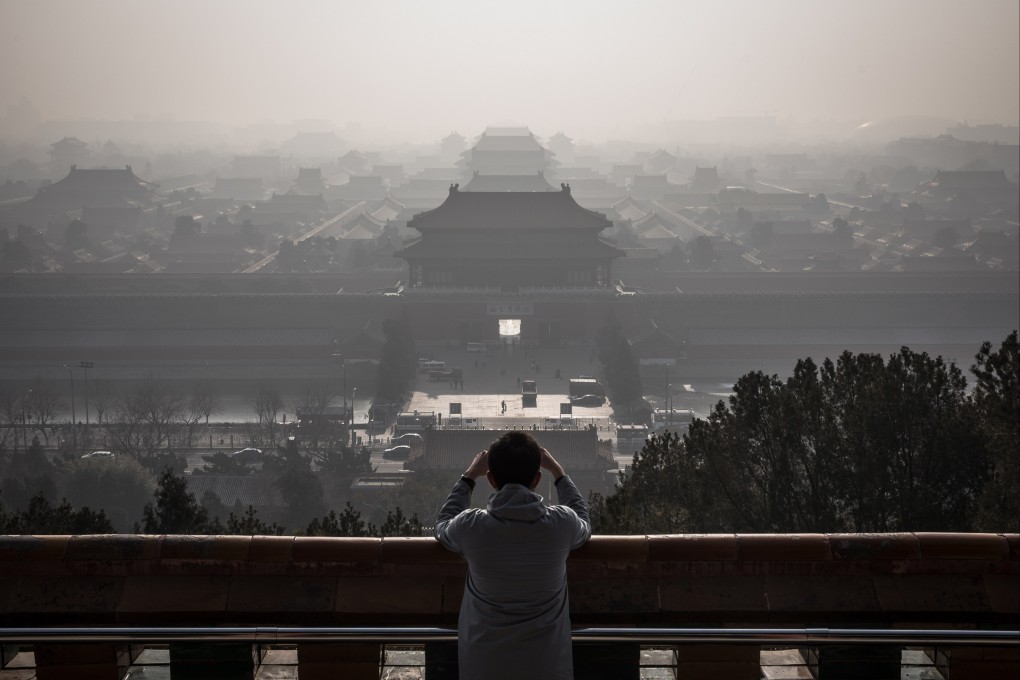Advertisement
Macroscope | All foam, no beer? Why China’s carbon trading scheme critics have it all wrong
- Some have expressed disappointment over the limited scale of the newly launched national scheme and the low opening price
- However, a slow and steady approach is characteristic of the country and understandable, given the complexity of the undertaking
Reading Time:3 minutes
Why you can trust SCMP
1

China launched its national-level carbon emission trading scheme recently, two weeks later than the original end-of-June inauguration date. On the debut day, 4.1 million tonnes of carbon dioxide quotas, worth 210 million yuan (US$32 million), changed hands and the price closed at 51.23 yuan (US$7.92) per tonne, up 6.7 per cent.
Though this news has generally been welcomed by businesses and analysts worldwide, some commentators and research groups expressed disappointment about the limited scale of the initial phase and the relatively low opening price.
In fact, the scheme is just another example of the typical Chinese “slow but steady” way of working, especially with large and complex projects.
Advertisement
Although the national carbon market is limited to carbon emitters in the power sector in the first phase, it will grow in scale to involve seven other industries, including steel and domestic aviation, with more market players in the future.
China’s nationwide carbon trading market covers more than 4 billion tonnes in carbon dioxide emissions, making it the world’s largest emissions trading programme.
Advertisement
Advertisement
Select Voice
Choose your listening speed
Get through articles 2x faster
1.25x
250 WPM
Slow
Average
Fast
1.25x

